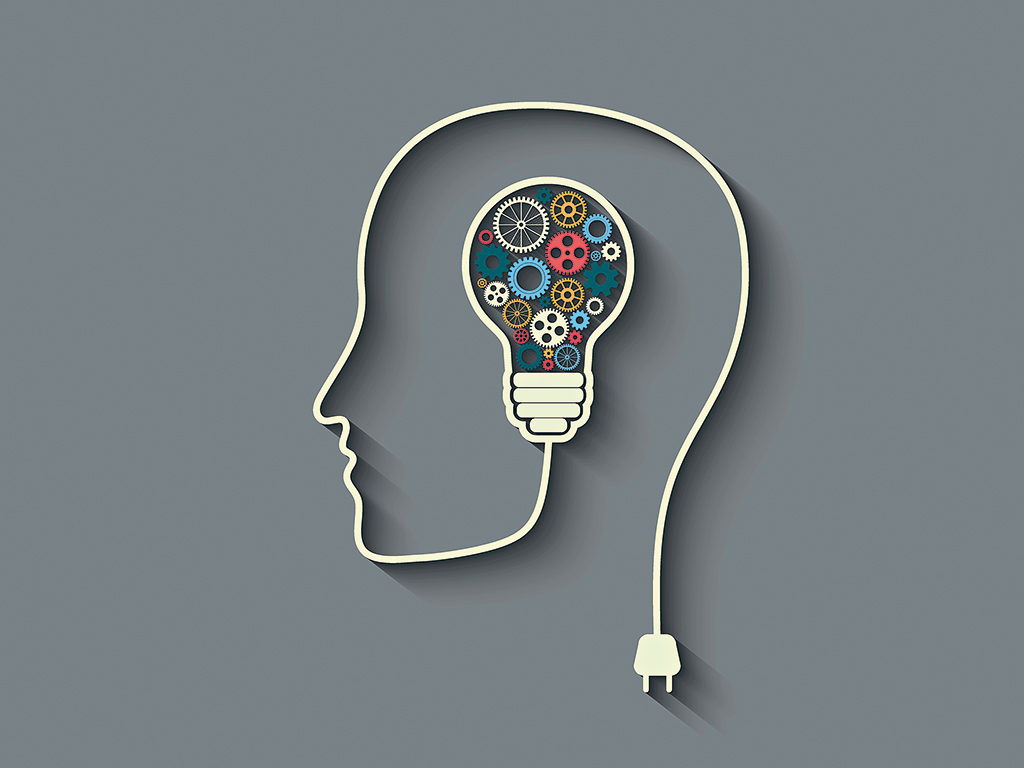Stamp: Experimental glider (1900) and O. Wright (Equatorial Guinea 1979)
Experimental glider (1900) and O. Wright (Equatorial Guinea 1979)
01 May (Equatorial Guinea ) within release History of Aviation goes into circulation Stamp Experimental glider (1900) and O. Wright face value 3 Equatorial Guinean ekuele
| Stamp Experimental glider (1900) and O. Wright in catalogues | |
|---|---|
| Yvert et Tellier: | Yt:GQ 156Ba |
| Michel: | Mi:GQ 1461A |
Stamp is horizontal format.
Also in the issue History of Aviation:
- Stamp - Otto Lilienthal 1894 and O. Wright face value 1;
- Stamp - Experimental glider (1900) and O. Wright face value 3;
- Stamp - Man carrying glider (1902) and O. Wright face value 5;
- Stamp - Wright Brothers Flyer (1903) and O. Wright face value 8;
- Stamp - First public flight in France (1908) and W. Wright face value 15;
- Stamp - W. Wright meets Alfonso, King of Spain (1909) and W. Wright face value 30;
- Stamp - Edward VIII., Wright Brothers Flyer and W. Wright face value 60;
- Stamp - Flies around Statue of Liberty (1908) and W. Wright face value 100;
- Stamp - Otto Lilienthal 1894 and O. Wright face value 1;
- Stamp - Experimental glider (1900) and O. Wright face value 3;
- Stamp - Man carrying glider (1902) and O. Wright face value 5;
- Stamp - Wright Brothers Flyer (1903) and O. Wright face value 8;
- Stamp - First public flight in France (1908) and W. Wright face value 15;
- Stamp - W. Wright meets Alfonso, King of Spain (1909) and W. Wright face value 30;
- Stamp - Edward VIII., Wright Brothers Flyer and W. Wright face value 60;
- Stamp - Flies around Statue of Liberty (1908) and W. Wright face value 100;
- Mini Sheet - Aviation face value ;
- Souvenir Sheet - Wright Flyer face value 300;
Stamp Experimental glider (1900) and O. Wright it reflects the thematic directions:
An invention is a unique or novel device, method, composition, idea, or process. An invention may be an improvement upon a machine, product, or process for increasing efficiency or lowering cost. It may also be an entirely new concept. If an idea is unique enough either as a stand-alone invention or as a significant improvement over the work of others, it can be patented. A patent, if granted, gives the inventor a proprietary interest in the patent over a specific period of time, which can be licensed for financial gain.
An invention is a unique or novel device, method, composition, idea, or process. An invention may be an improvement upon a machine, product, or process for increasing efficiency or lowering cost. It may also be an entirely new concept. If an idea is unique enough either as a stand-alone invention or as a significant improvement over the work of others, it can be patented. A patent, if granted, gives the inventor a proprietary interest in the patent over a specific period of time, which can be licensed for financial gain.
An aircraft pilot or aviator is a person who controls the flight of an aircraft by operating its directional flight controls. Some other aircrew members, such as navigators or flight engineers, are also considered aviators because they are involved in operating the aircraft's navigation and engine systems. Other aircrew members, such as drone operators, flight attendants, mechanics and ground crew, are not classified as aviators.
Aviation is the practical aspect or art of aeronautics, being the design, development, production, operation and use of aircraft, especially heavier than air aircraft. The word aviation was coined by French writer and former naval officer Gabriel La Landelle in 1863, from the verb avier (synonymous flying), itself derived from the Latin word avis ("bird") and the suffix -ation.
An aircraft is a machine that is able to fly by gaining support from the air. It counters the force of gravity by using either static lift or by using the dynamic lift of an airfoil, or in a few cases the downward thrust from jet engines. The human activity that surrounds aircraft is called aviation. Crewed aircraft are flown by an onboard pilot, but unmanned aerial vehicles may be remotely controlled or self-controlled by onboard computers. Aircraft may be classified by different criteria, such as lift type, aircraft propulsion, usage and others.




